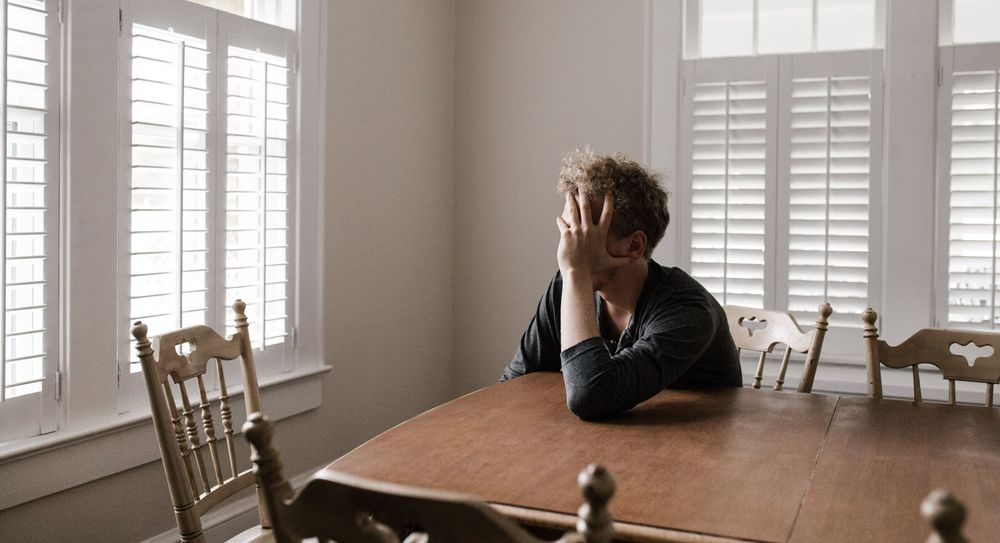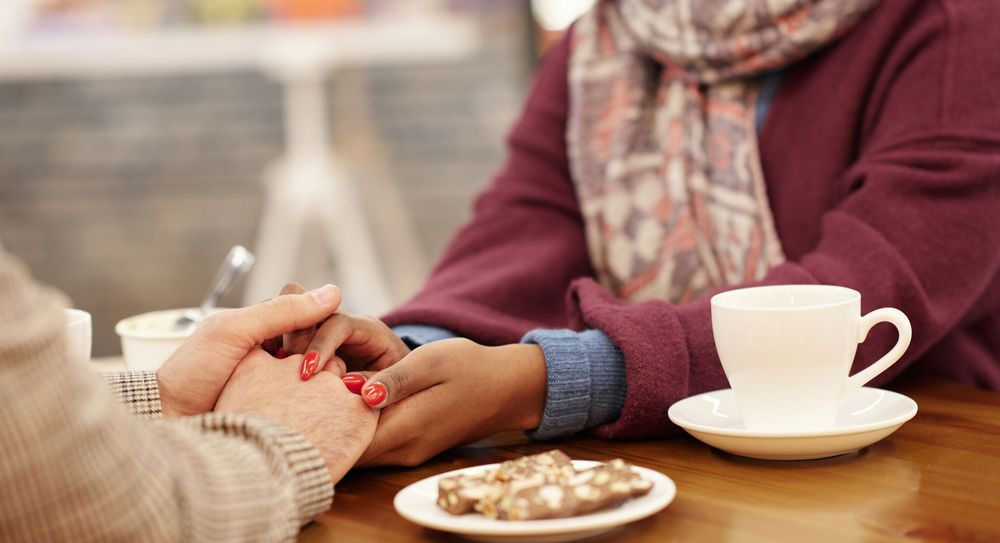The 5 stages of grief is a psychological model that shows how people typically cope with loss. It's useful for understanding how our emotions work when we’re grieving. But it’s important to keep in mind that it’s a framework. This means it doesn't reflect everyone’s experiences, so if you don’t feel this way, that’s okay too. We all experience grief slightly differently.
Lots of people use the 5 stages of grief to help come to terms with losing someone. It’s also used by doctors, psychiatrists and people who are dying.
Who created the 5 stages of grief?
The 5 stages of grief model was created by a psychiatrist called Elisabeth Kübler-Ross. She introduced the idea in her 1969 book On Death and Dying.
Kübler-Ross based the 5 stages of grief on interviews with terminally ill patients. It was originally meant to help dying people process and understand death. Today, it’s most often used by people who are grieving.
The model is useful for other things too. It has been used to describe how people react to losing their job, getting divorced and even going to jail.
What are the 5 stages of grief, in order?
The 5 stages of grief model is usually presented as a 5-step process, which looks like this:
- Denial
- Anger
- Bargaining
- Depression
- Acceptance
If you’re grieving, you might experience these emotions in order or you might not. You may even skip some stages or have a different experience entirely. The model isn’t meant as an instruction manual for grief – it’s best to think of it as a useful tool for understanding difficult emotions.
Here’s a rundown of the different stages in a little more detail.
Denial
At this stage, we try to tell ourselves that our painful situation isn’t real. If a person we love is dying, we could think ‘the diagnosis is wrong’ or ‘they’ll get better’. If the person has already died, we may simply say to ourselves, ‘this can’t be happening’.
This might sound like a bad way to deal with grief, but it’s perfectly normal. Denial helps us protect ourselves from overwhelming emotions and can reduce feelings of pain. It’s like our brains know we’re not ready to cope, so we enter a period of denial to give ourselves time to adjust.
Anger
Some people feel angry or resentful after losing someone. This anger could be directed towards medical staff (‘they didn’t do enough to help’) or family members (‘you should have noticed something was wrong’). Or it may be directed at nobody in particular (‘this shouldn’t be happening to me’).
People experience anger for all sorts of reasons. Some people get angry because they want answers, even if there aren’t any. Others use anger to shield themselves from other uncomfortable emotions, such as sadness or regret.
In any case, it’s important to remember that these feelings will go away. If a grieving person gets angry at you, although it can be hard, try not to take it personally.
Bargaining
This stage is about trying to regain control of a confusing and difficult situation. In the bargaining stage, we might ask ourselves ‘what if’ questions, such as:
- ‘What if we’d sought medical attention sooner?’
- ‘What if we’d asked for a second opinion?’
- ‘What if I’d asked him to stay home that day?’
Religious people may go one step further and try to bargain with God. This could mean praying for one more day with the person who has died, or even asking to trade places – ‘take me, not her’.
Exploring these thoughts helps us come to terms with our grief. We start by asking for the impossible, but gradually we begin to accept the truth: there’s nothing we can do to bring the person back.
Although it often has a positive outcome, bargaining can be a painful process. People who are bargaining may dwell on personal regrets or relive upsetting moments from the past.
Depression
It’s normal to feel depressed after a person has died. Often, it happens because the reality of the situation begins to sink in – ‘I’ve tried to deny it, but that hasn’t changed anything’.
However, depression isn’t the same as acceptance. Nor does it simply mean feeling sad. People who experience this stage of grief often feel completely hopeless and lost. They might withdraw from family members and friends who are trying to help. And they may tell themselves things like, ‘there’s no point going on’ or ‘there’s nothing worth getting out of bed for’.
For most people, depression will fade with time. However, if you feel like your depression isn’t going away, it’s important to get help from a trusted person or medical professional.
Acceptance
Acceptance is usually the final stage of the grieving process.
When people reach this phase, it means they’ve accepted the reality of their loss. It doesn’t mean that they’ve stopped feeling sad or that they’ve ‘gotten over it’. Rather, they’ve stopped resisting the truth of their situation and the painful feelings that come with it.
Acceptance can take a long time and works differently for different people. Some can move forward quite quickly. Others may spend months or years dealing with difficult emotions.
There will be good days and bad days. But as time goes on, the bad days will become less and less frequent. Eventually, you’ll learn to focus on happy memories and be able to focus on the future.
How to deal with the 5 stages of grief
Remember that the 5 stages of grief is just a guide. Everybody experiences grief differently and will have their own ways of coping.
The most important thing is to reach out for help if you need it. Perhaps you could phone a family member to offer mutual support or meet a friend for a cup of tea and a chat. Don’t worry about being a burden – most people will be happy to listen, especially if they’ve been through grief themselves.
Do you feel like there’s nobody to turn to? There are charities that offer free bereavement support to anyone who needs it. Start by taking a look at our list of bereavement charities in the UK.




